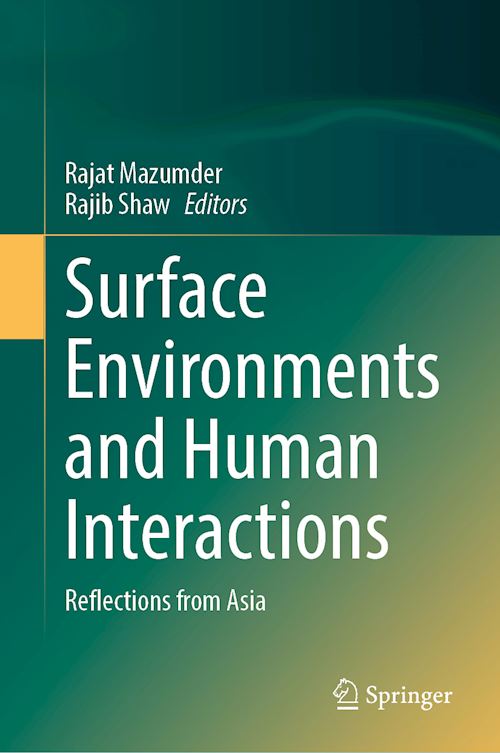

Questo prodotto usufruisce delle SPEDIZIONI GRATIS
selezionando l'opzione Corriere Veloce in fase di ordine.
Pagabile anche con Carta della cultura giovani e del merito, 18App Bonus Cultura e Carta del Docente
This book describes the complex interplay between Earth's surface processes (erosion and sedimentation) and human interactions. Intensive as well as extensive research has been undertaken to infer modern sedimentation processes and to infer the mode of stratigraphic sequence building. However, the effort to understand the influence of sedimentation processes on society and the human impact on sedimentation is long overdue. This is a new upcoming multidisciplinary research field that is beyond the scope of leading traditional Earth and Environmental Science journals. To fill in the prodigious gap in the knowledge base, this book includes in-depth reviews and new data-based case studies from Asia, involving multidisciplinary research. It covers case studies of risk management of various hazards and risk management systems at regional, national, and local levels. The book proposes a comprehensive approach to reducing future risks by collaborating with various stakeholders and preparingfor the most effective responses towards complicated hazards, minimizing social damage. This publication will help researchers in the field of Environment and Earth surface processes, disaster risk reduction, and geoscientists to have a better idea of the current trend of research in the field and will provide updated synthesis on this important topic.
Chapter 1. A study of the temporal variation in the bars, bedforms and riparian population in the downstream stretch of Tista River, Eastern Himalaya: impact of the upstream river regulation.- Chapter 2. Evolution of modern sedimentation patterns in the Himalayan Ganges River Alluvial Flood Plain.- Chapter 3. Interplay between Sediment Transport and Urbanization in Wadi Environments.- Chapter 4. Geological characteristics, and landslide risk reduction.- Chapter 5. Landslide, Land Cover, and Land use Changes and its implications in disaster risks in Nepal.- Chapter 6. Paleo-sediments deposits, and implications to tsunami risk.- Chapter 7. Sedimentary evidence of past tsunami deposits in Aceh, Indonesia.- Chapter 8. Landslide susceptibility modelling in Malaysia: insights from sedimentology.- Chapter 9. Landslide susceptibility in western part of China.- Chapter 10. Sundarbans estuarine system of India: sedimentation, morphodynamics, and human interactions.- Chapter 11. Microbially induced sedimentary processes in the intertidal regions, Sundarbans, India.











Il sito utilizza cookie ed altri strumenti di tracciamento che raccolgono informazioni dal dispositivo dell’utente. Oltre ai cookie tecnici ed analitici aggregati, strettamente necessari per il funzionamento di questo sito web, previo consenso dell’utente possono essere installati cookie di profilazione e marketing e cookie dei social media. Cliccando su “Accetto tutti i cookie” saranno attivate tutte le categorie di cookie. Per accettare solo deterninate categorie di cookie, cliccare invece su “Impostazioni cookie”. Chiudendo il banner o continuando a navigare saranno installati solo cookie tecnici. Per maggiori dettagli, consultare la Cookie Policy.